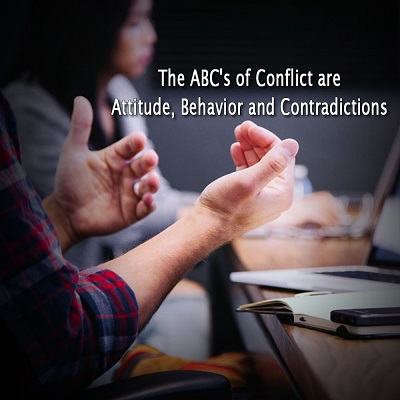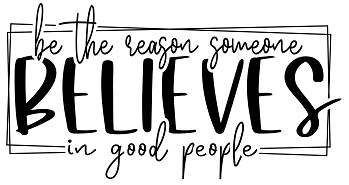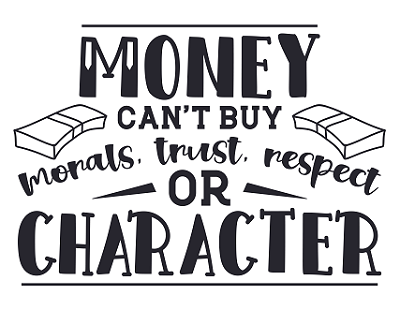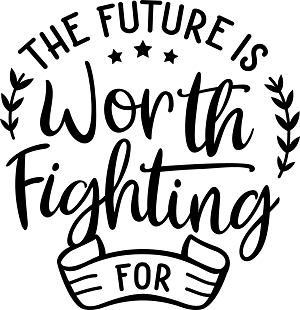 In 1969, Norwegian socialist Johan Galtung published the paper ‘Violence, Peace and Peace Research’ which details how to properly analyze conflict and how to work towards a solution or peace.
In 1969, Norwegian socialist Johan Galtung published the paper ‘Violence, Peace and Peace Research’ which details how to properly analyze conflict and how to work towards a solution or peace.
Included in his groundbreaking study is a framework called the Conflict Triangle, which aims to understand the different factors that can cause conflict.
To be able to work towards conflict resolution, or to understand the process better, it is necessary to recognize at its most basic what a conflict is.
A simple definition that provides a basis to work from is that conflict exists when two people or groups have seemingly incompatible goals or ideas, therefore creating two perspectives or opposing sides to a situation.
Galtung’s Three Elements to Conflict – The Parts of The Triangle
According to Galtung, there are three elements that make up a conflict situation. They are attitude, behavior, and contradictions. These elements interact with each other and each can directly influence the situation.
Attitude
The attitudes of some people towards a specific idea, or race, gender, sexuality, or socioeconomic background can be a source of conflict. For example, racism, discriminatory attitudes, or sexism can directly influence how an individual thinks about the opposite sex or a specific group of people, which in turn can cause conflict. Feelings of hate, distrust, or fear may be held and can develop further.
In most cases, these assumptions or attitudes may be deeply embedded in society that it is difficult to pinpoint who exactly instigated the conflict, and can take in the form of social injustice.
Behavior
Another element in the triangle pertains to the behavior of the parties involved in the conflict. In most cases, these behaviors are based on the person’s assumptions or attitudes which are often themselves caused by the contradictions that are pre-existing in society.
These behaviors are aimed to affect the decisions and actions of the other party, which can then lead the latter to abandon or modify their goals.
Examples of these behaviors can include acts of violence, insults, intimidation, any form of terrorism, or hate crimes.
Contradictions
Another element is the contradictions that are underlying in the context. The source of these contradictions is the incompatibility of goals between the two parties, which can either be real or perceived by either one or both sides.
Contradictions may be clearly defined by both parties that are influenced by their own interests or could also be coming from the influence of existing structures in society, such as political, economic, societal, or institutional.
In the Conflict Triangle, assumptions and contradictions are classified as latent which means these are hidden or are not yet fully enacted. How people think and how they perceive their opponents creates an opportunity for and encourages conflict.
On the other hand, behaviors are clearly manifested and are immediate evidence of conflict.
In Summary
The Conflict Triangle can be used to analyze and better understand the root cause or causes of a conflict situation. A better understanding of the conflict can lead to a more thoughtful and effective resolution.
Analyzing the root cause of conflict using the Conflict Triangle makes it easier for peacemakers to help both parties come to a resolution. With a clearer understanding of both parties’ assumptions, contradictions, and behaviors, conflict resolution can be achieved sooner and more effectively.





